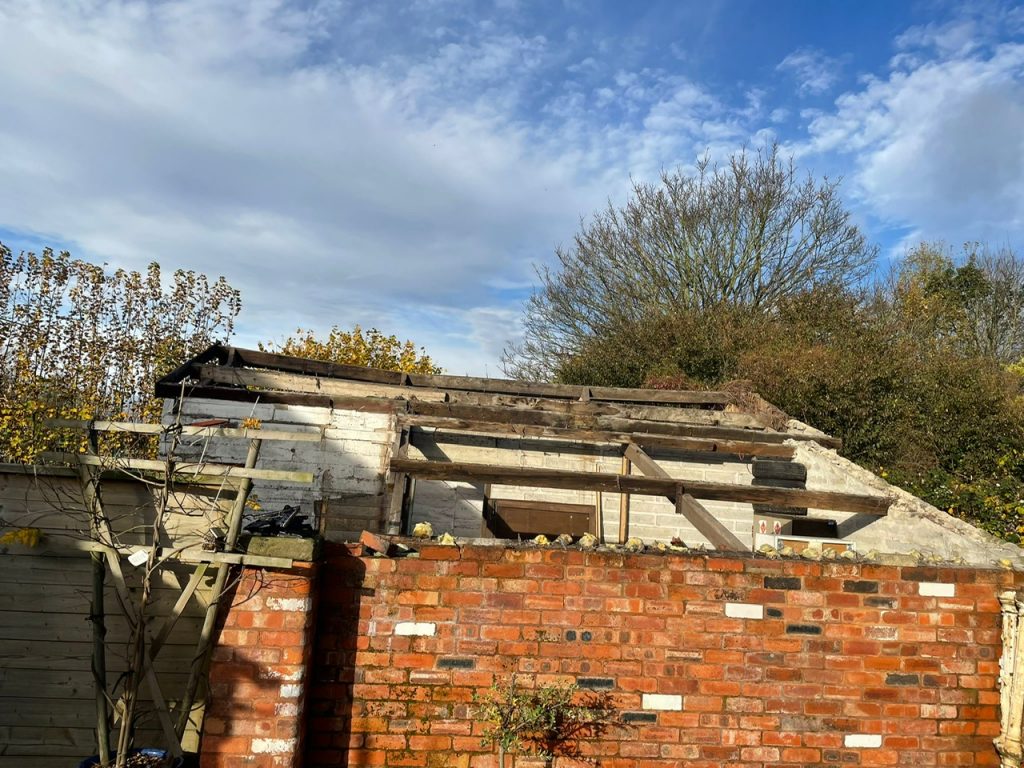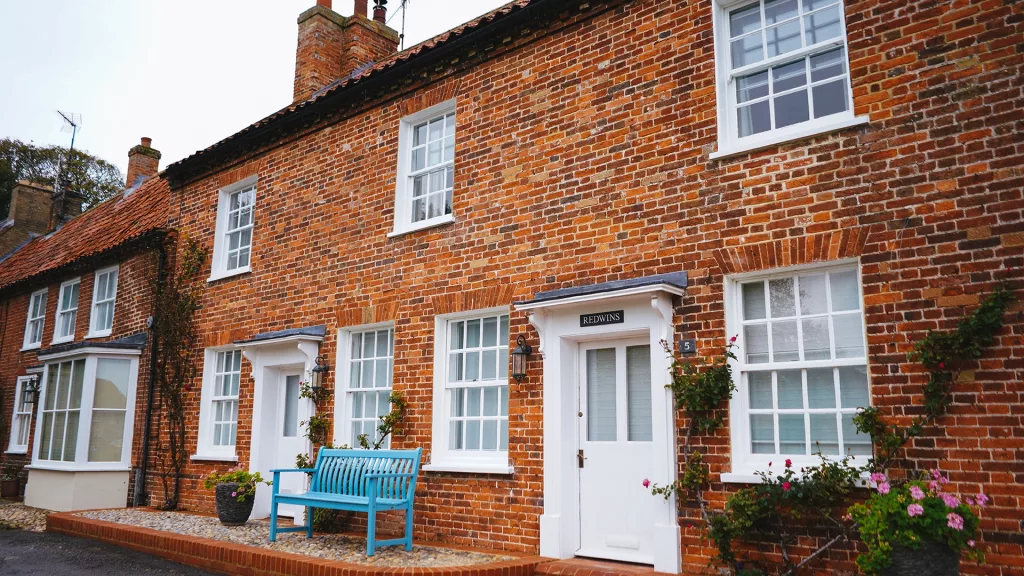Asbestos has been around for a very long time but it’s been banned since 1999. The government decided that it was much too dangerous to have on the market and so a law was passed and asbestos use was formally banned.
In 1999, in late November more specifically, the UK government made it illegal to buy, sell, import or export any items, devices or materials that contained asbestos at all. Asbestos is also banned in a number of other countries, many of them within Europe. A lot of these countries banned the use and sale of the material around the same time as the UK as opposed to countries like the USA and Canada.
While a lot of the world has followed suit and banned asbestos within their countries, there are some who still actively mine and use asbestos in their buildings and more.

Why was asbestos banned?
Although we know all about how dangerous asbestos is and how detrimental it can be to our health, for a long time the UK and the rest of the world accepted that it was a safe material to use. But even after we knew it was dangerous, it took some time for the material banned.
Commonly used in a number of building types (factories, hospitals houses and more), asbestos ended up being almost everywhere. It was used regularly due to its desirable properties like strength, flexibility, heat resistance and most importantly low cost.
When discussing asbestos exposure, the focus typically revolves around the inhalation of its fibres, which can occur either as a direct result of one’s own work (primary exposure) or indirectly due to the activities of others (secondary exposure).
The initial instances of diseases linked to asbestos emerged in the early 1900s, with the first documented case of asbestosis dating back to the 1920s.
In the early stages of scientific inquiry, research revealed a clear connection between asbestos exposure and the development of asbestos-related illnesses. Nevertheless, despite these early revelations, the use of asbestos persisted over the years, and warnings from scientists regarding its perils fell on deaf ears within the UK government.
During the 1960s and throughout the 1970s, the United Kingdom was importing a staggering 170,000 tonnes of asbestos.

What are the regulations around asbestos?
It remains of utmost importance to bear in mind that despite the ban on asbestos in the UK, a responsibility exists to identify and effectively manage materials that still contain asbestos.
The most current regulations in force are The Control of Asbestos Regulations 2012.
In the case of non-domestic premises, there exists an obligation to oversee asbestos (as stipulated in Regulation 4). This mandate ensures that asbestos remains in a safe condition, with employees and workers duly informed of its presence.
For individuals who are self-employed or those who employ others, the obligation to safeguard against asbestos exposure at work extends, even within domestic settings. This is comprehensively addressed in Regulations 5 and 6.
If your organization engages in the repair or maintenance of older machinery, equipment, vehicles, ships, military hardware, etc., it is imperative to ascertain that no internal components being replaced contain asbestos.

What do I do if I think I have asbestos?
Removing asbestos from a building is imperative for various reasons. Firstly, asbestos is a known carcinogen, posing significant health risks such as lung cancer and mesothelioma. To protect the health of occupants, it is essential to eliminate this hazard. Compliance with stringent asbestos regulations is another compelling reason. Failing to follow these laws can result in legal consequences, making professional asbestos removal a vital step in meeting legal requirements and avoiding liabilities.
Preventing the deterioration of asbestos-containing materials is another key aspect. Over time, these materials can become friable, releasing hazardous fibres into the air. Removing asbestos proactively curbs this risk, averting potential future health problems. Furthermore, it enhances the safety and marketability of the building. Properties with known asbestos may be stigmatized, affecting their desirability to buyers or tenants. Asbestos removal improves both the safety and value of real estate assets.
Lastly, asbestos removal provides peace of mind. Knowing a building is asbestos-free eliminates anxiety about health hazards, contributing to a safer and healthier environment. Overall, professional asbestos removal is a wise investment in safety, legal compliance, property value, and peace of mind, outweighing potential risks and costs associated with asbestos-containing materials.
Need some advice about Asbestos waste?
Call us on 01623 272 611 and we'll be happy to help
